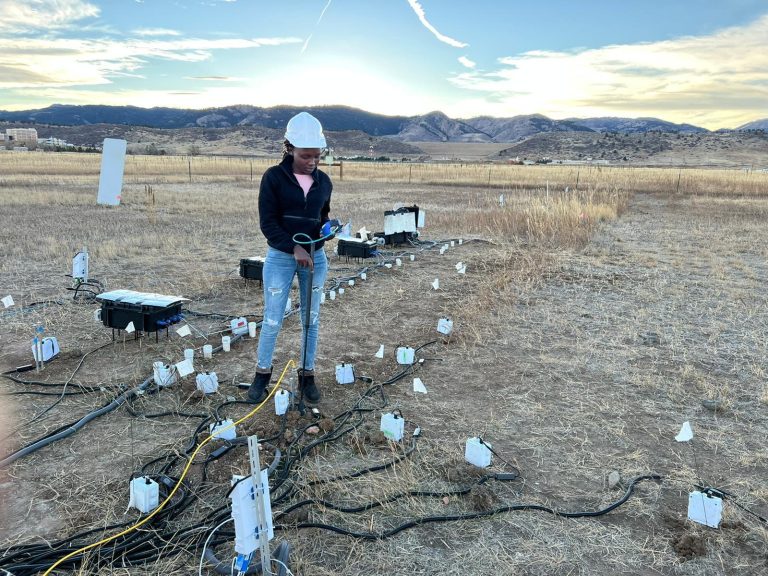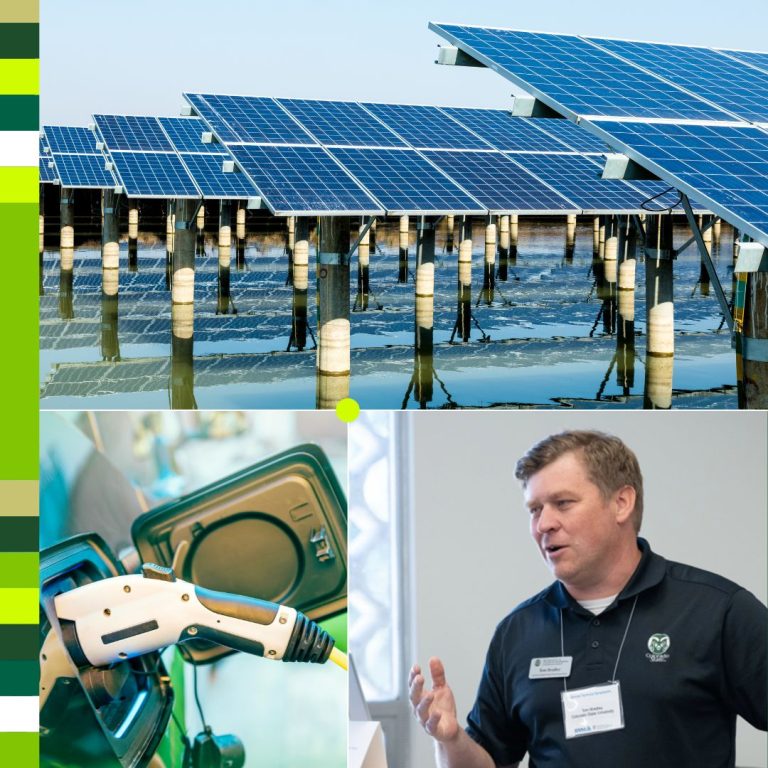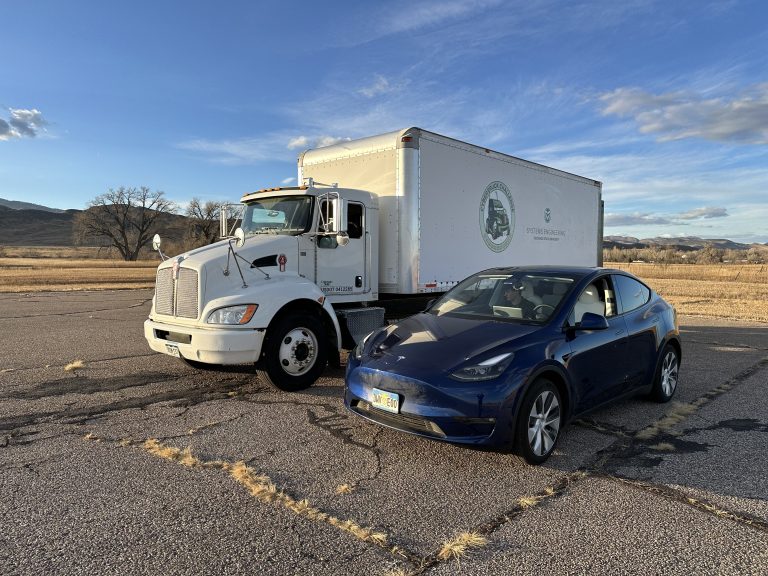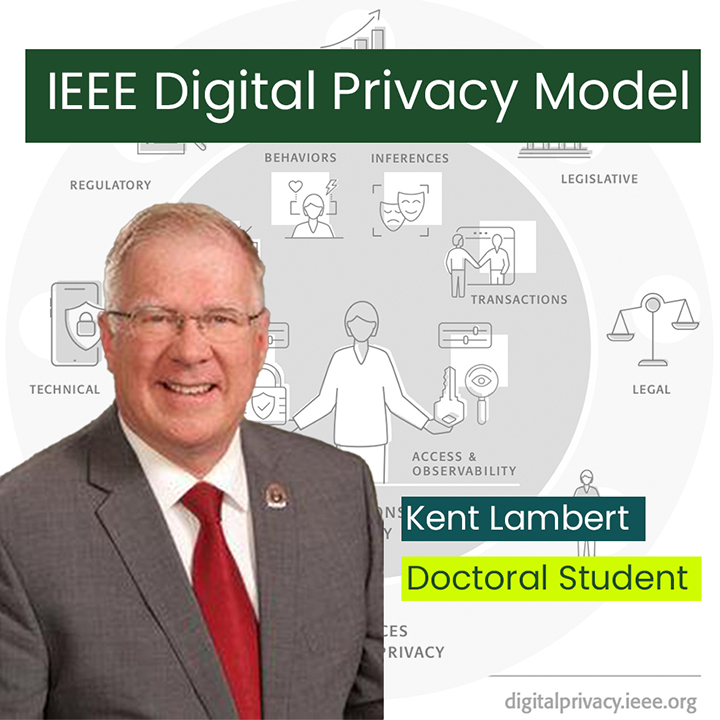
Systems engineering student part of team designing next-gen spacesuit
- By: Katharyn Peterman
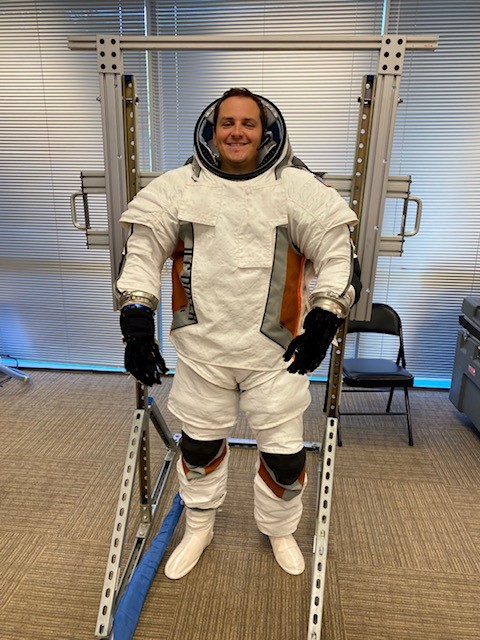
Astronauts working on the outside of the International Space Station always seem to represent calm in the snapshots that appear on TV and in movies.
Missing from these images is the intensity of conditions an astronaut, and the suit protecting them, must endure.
Radiation emitted by the sun, drastic changes in temperature, and micro-meteoroids orbiting at dangerously high speeds – these conditions remain top of mind for James Kirwan, a master’s student in the Department of Systems Engineering, and project engineer with ILC Dover.
Kirwan is part of a team at ILC Dover designing an updated extravehicular activity (EVA) spacesuit, otherwise called the Astro™ suit. EVA spacesuits protect astronauts outside of the spacecraft, both in zero gravity and walking on extraterrestrial surfaces.
The new Astro™ suit, engineered with a modular design, eliminates the need to have two separate EVA suits, since the Astro™ Suit can be configured for either a zero gravity or low gravity environment.
Maximizing mobility
The two configurations differ mainly in lower body mobility needs. When astronauts float in space, they navigate using only their upper body and require very little lower body mobility. On a planet’s surface, however, astronauts can walk around, and their spacesuit needs to offer increased lower body mobility in comparison.
Kirwan’s master’s project, advised by Systems Engineering Professor Erika Miller, ties into his job by measuring and quantifying the Astro™ suit’s improved mobility.
“EVAs can last anywhere from five to seven hours,” Kirwan said. “During that time, astronauts floating in space can burn between 1,000 to 3,000 calories on their task using only their upper body to navigate.”
His master’s project research compared the mobility of an unsuited person with that of a person in both the older spacesuit model and the newer Astro™ suit.
“The more mobile a spacesuit is, the easier it is to use, and the less effort it will require to use for a long period of time,” Kirwan said.
Systems engineering helpful for designing for the unknown
Improving mobility begins with identifying the right materials needed to ensure the suit will stay pressurized and provide protection for the astronaut while in space. Balancing protection and mobility are challenging problems with little room for error.
“It may sound simple to replace a layer of a spacesuit, but you have to consider how this new material may change the mass or toxicity of the suit,” Kirwan said. “All of these things interface together to make a system.”
As a project engineer, Kirwan is responsible for plans and budgets for new projects. Gaining background in systems engineering taught him how to think and respond to sudden changes in plans and designs.
He also learned concepts that were easily applied to the Astro™ suit project including human factors, risk assessment, and requirements analysis. Each of these skillsets offer a different way of looking at the problems he tackles each day at work.
“The field of aerospace is always challenging and no day at the office is the same,” Kirwan said. “Space is still somewhat unknown, and variables are always changing that we have to be prepared for.”
